GPCR/G protein

All GPCRs share a common seven trans-membrane structure. GPCRs are associated with heterotrimeric G-proteins which are GTP-binding proteins made of alpha, beta, and gamma subunits. When a ligand binds to GPCR, it activates the attached G-protein, the GDP is replaced with GTP. The activated G-protein then dissociates into an alpha and a beta-gamma complex which activates downstream signaling pathways. These intracellular signaling pathways include cAMP/PKA, calcium/NFAT, phospholipase C, protein tyrosine kinases, MAP kinases, PI-3-kinase, nitric oxide/cGMP, Rho, and JAK/STAT.
GPCRs are one of the most important therapeutic targets for various diseases, over 30% of all modern medicinal drugs target this family. Aberrant GPCR functions are involved in pathological conditions such as neurological, immunological and hormonal disorders. A large number of GPCRs have been identified, but whose ligands are not known, are classified as orphan receptors.
-
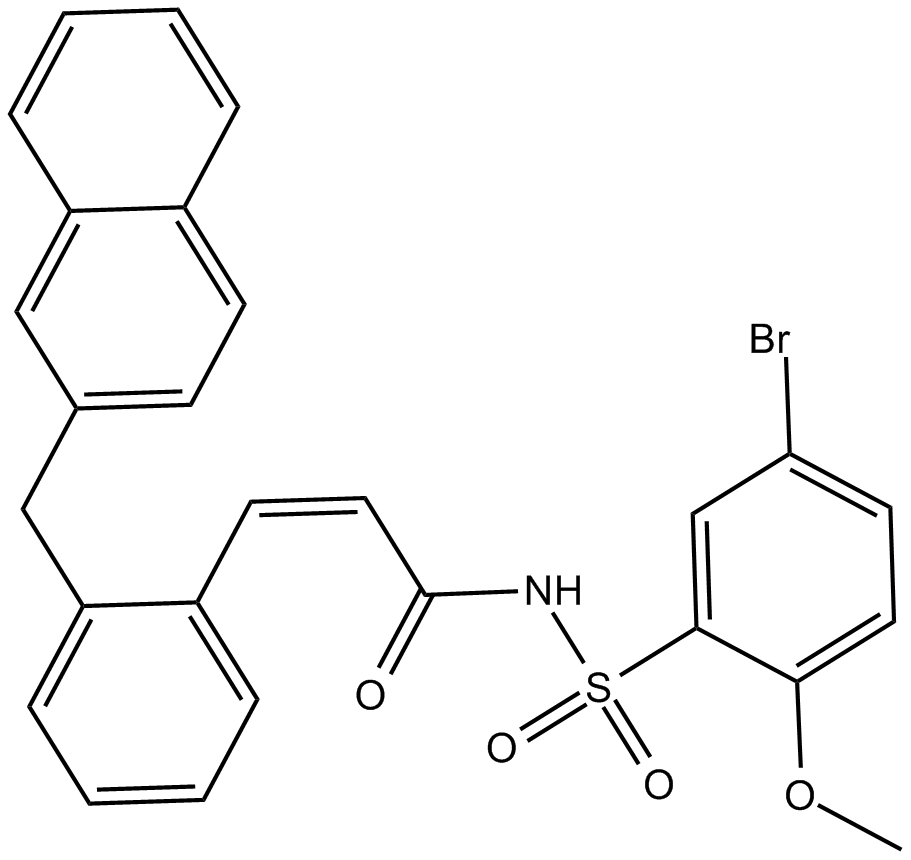 B7371 L-798,106Summary: prostanoid EP3 receptor antagonist
B7371 L-798,106Summary: prostanoid EP3 receptor antagonist -
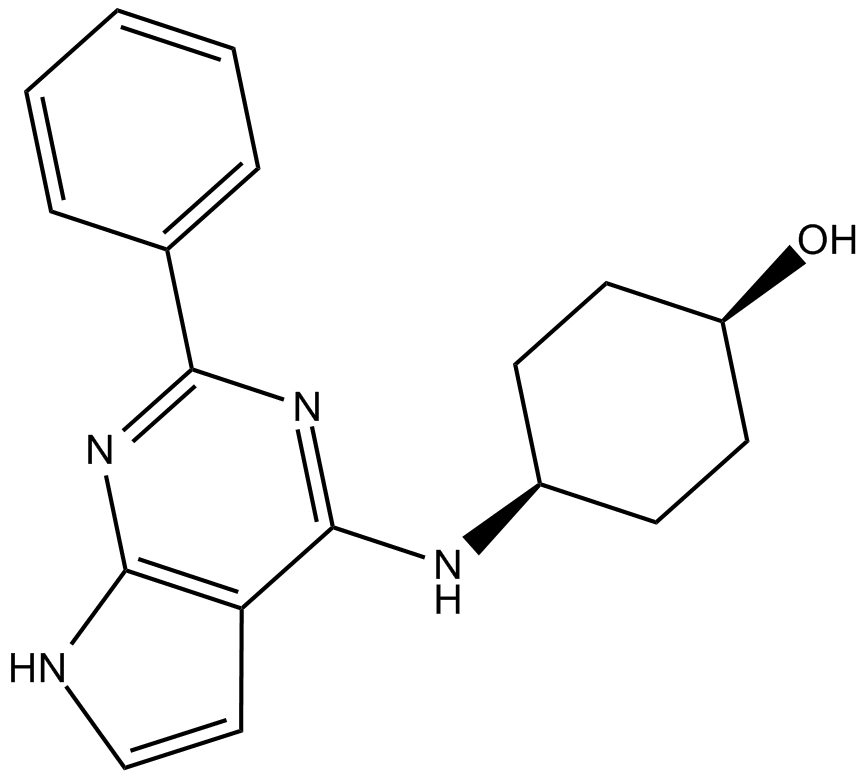 B7373 SLV 320Summary: adenosine A1 receptor antagonist
B7373 SLV 320Summary: adenosine A1 receptor antagonist -
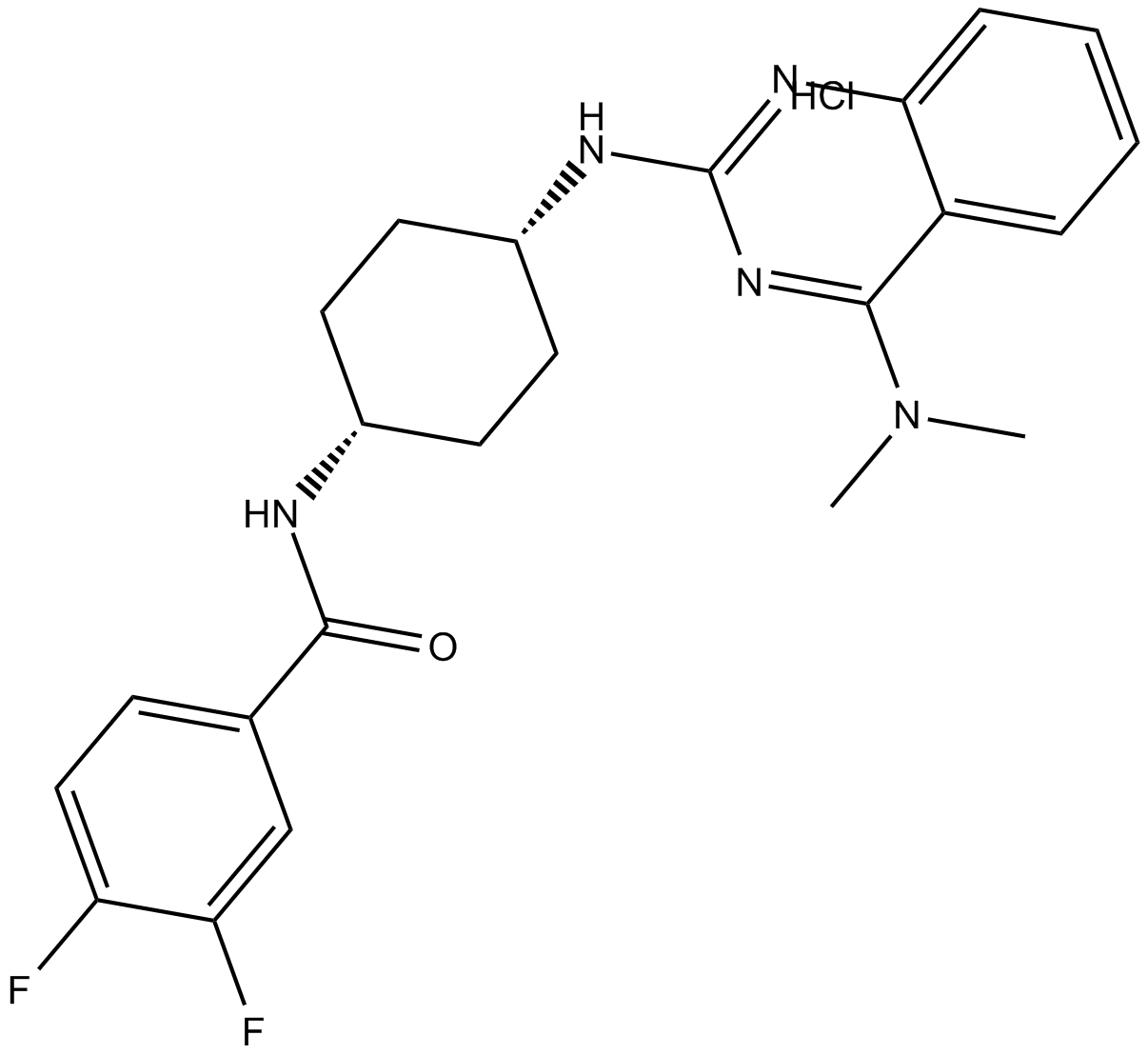 B7374 ATC 0175 hydrochlorideSummary: MCH1 antagonist,potent and selective
B7374 ATC 0175 hydrochlorideSummary: MCH1 antagonist,potent and selective -
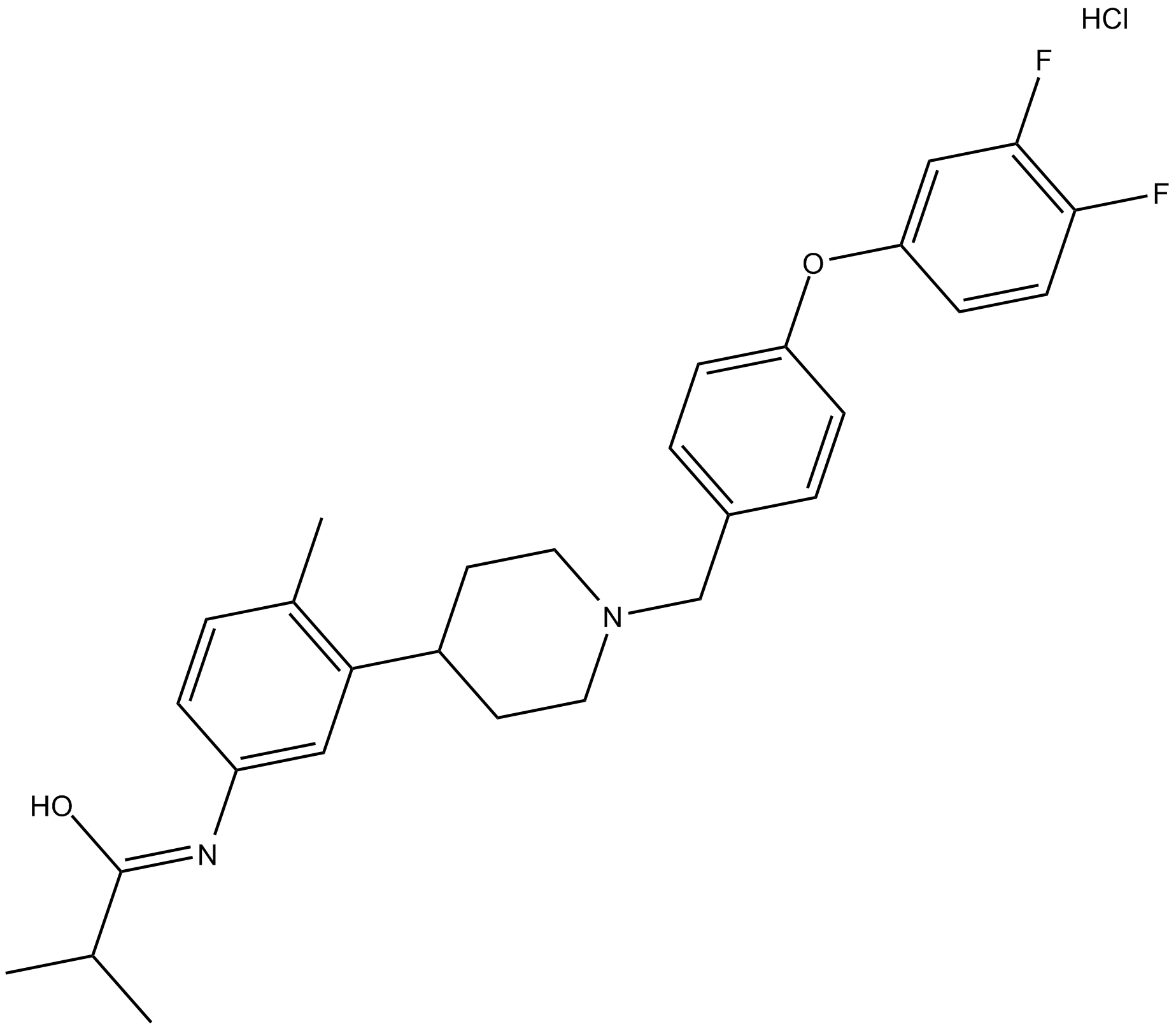 B7375 SNAP 94847 hydrochlorideSummary: MCH1 antagonist
B7375 SNAP 94847 hydrochlorideSummary: MCH1 antagonist -
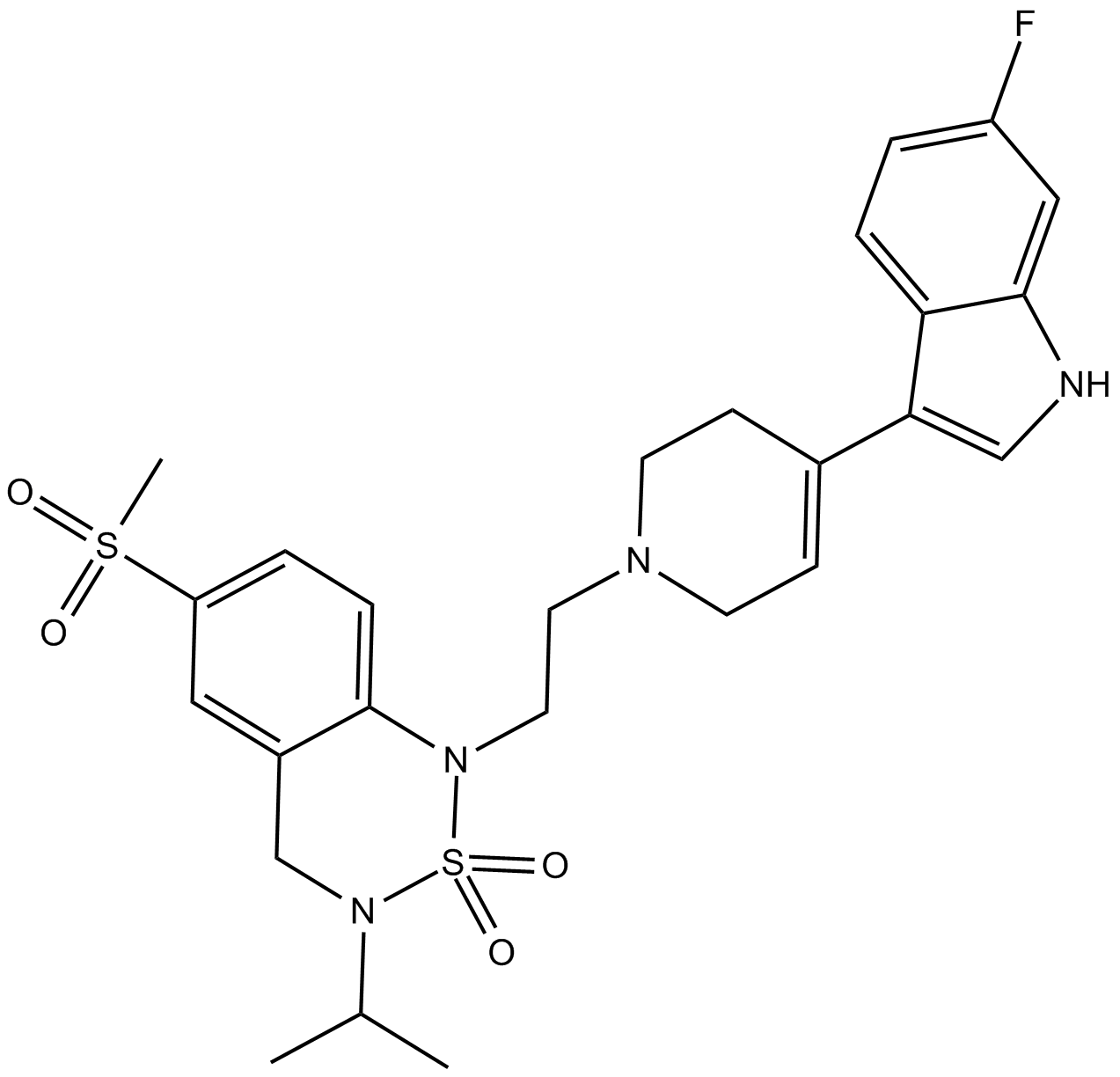 B7377 LY 393558Summary: Dual 5-HT1B/1D receptor antagonist
B7377 LY 393558Summary: Dual 5-HT1B/1D receptor antagonist -
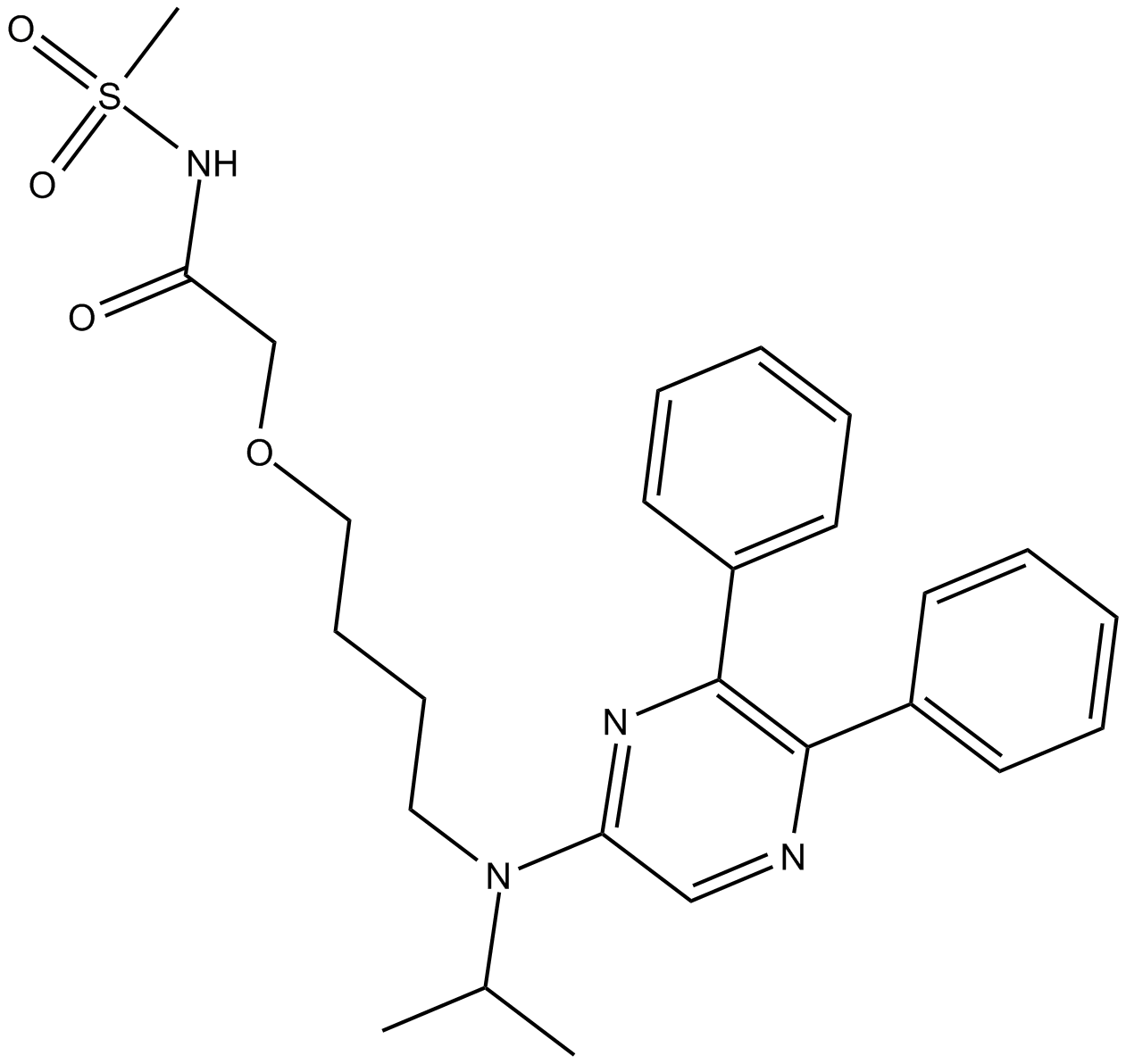 B7378 NS 304Summary: prostacyclin IP1 receptor agonist
B7378 NS 304Summary: prostacyclin IP1 receptor agonist -
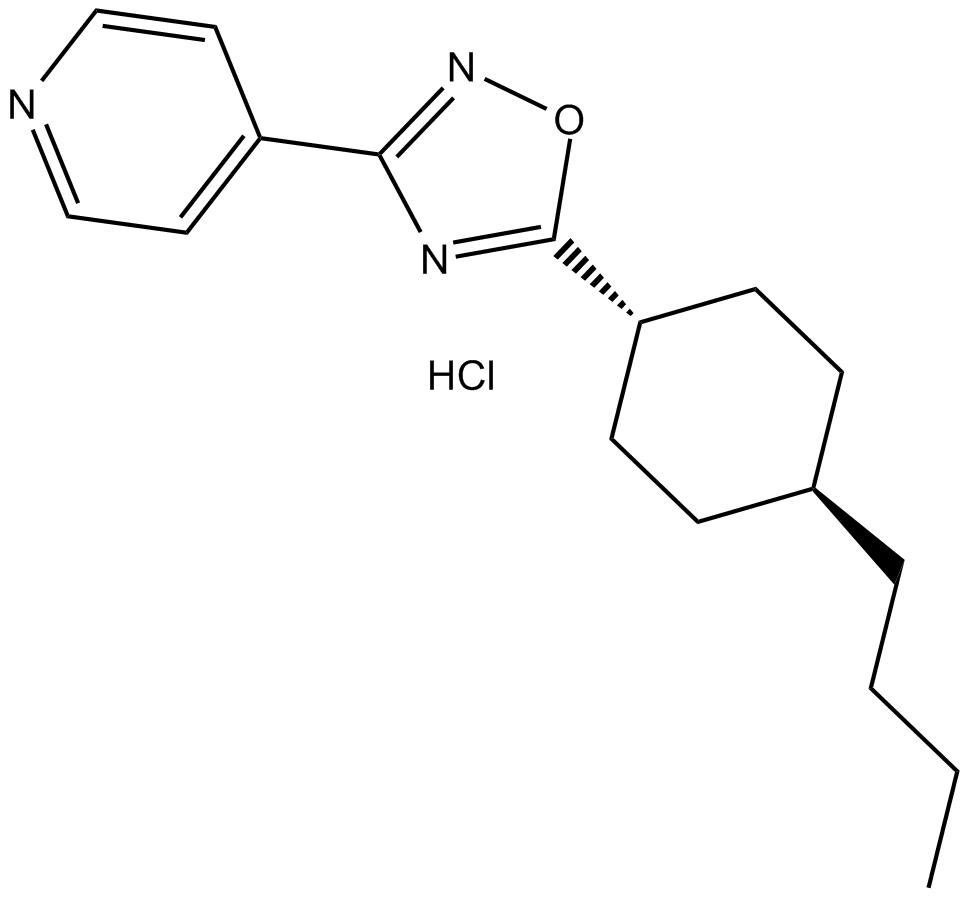 B7380 PSN 375963 hydrochlorideSummary: GPR119 receptor agonist
B7380 PSN 375963 hydrochlorideSummary: GPR119 receptor agonist -
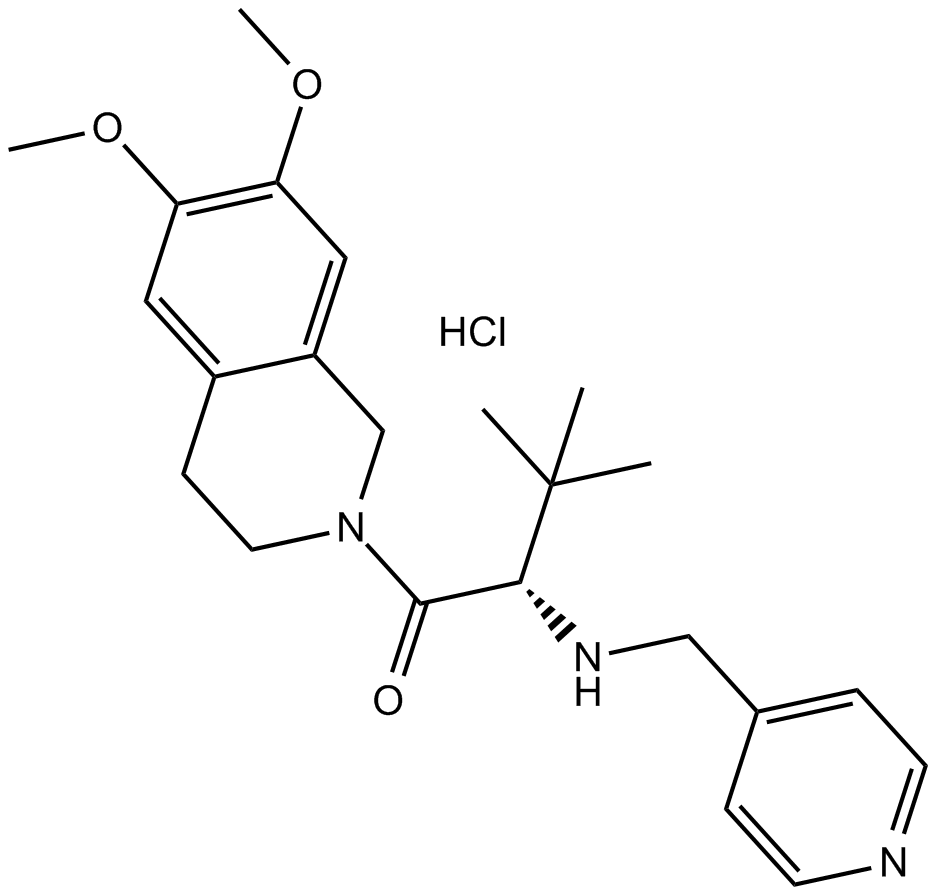 B7387 TCS OX2 29Summary: OX2 receptor antagonist
B7387 TCS OX2 29Summary: OX2 receptor antagonist -
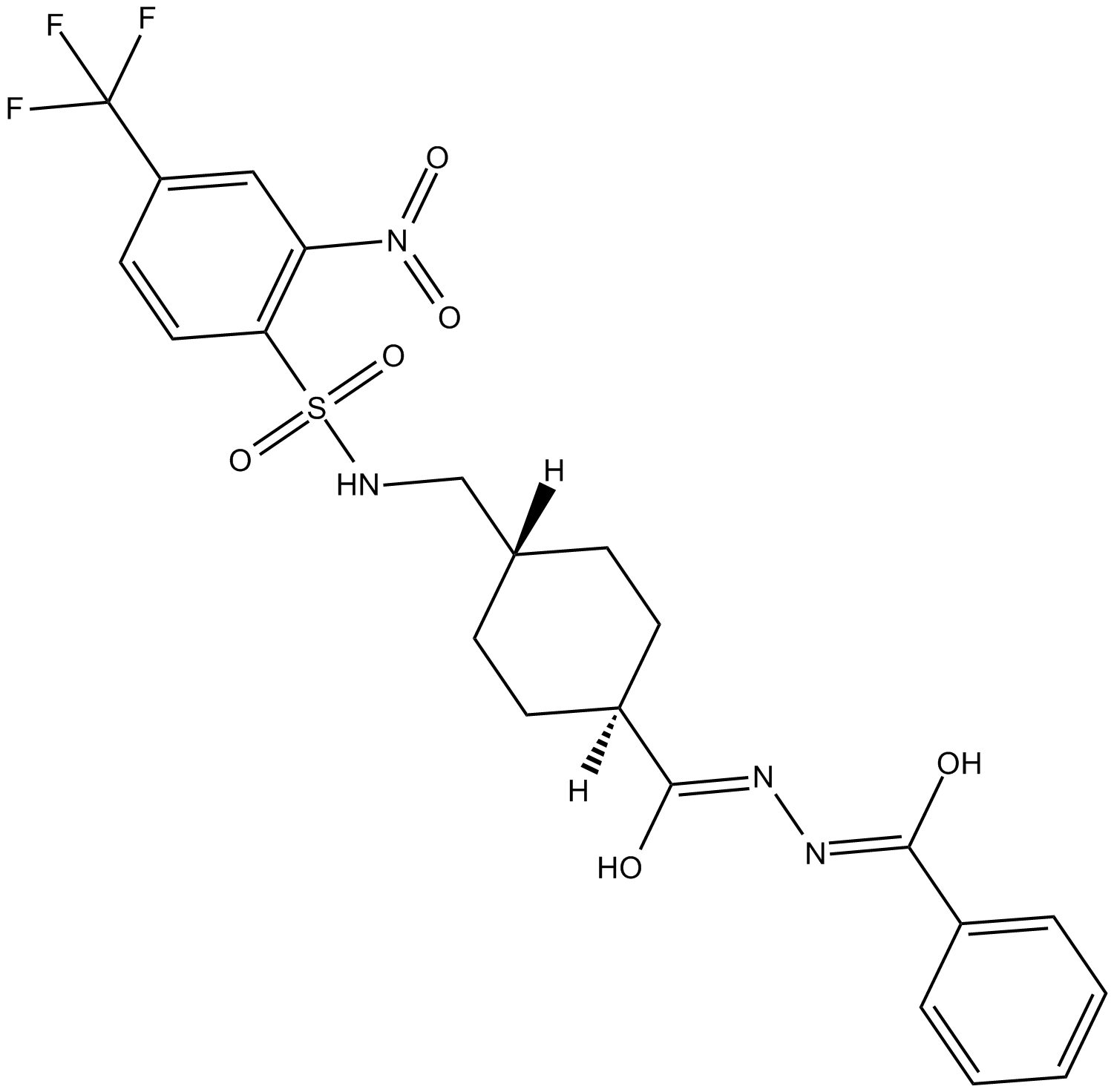 B7405 S 25585Summary: neuropeptide Y (NPY) Y5 receptor antagonist
B7405 S 25585Summary: neuropeptide Y (NPY) Y5 receptor antagonist -
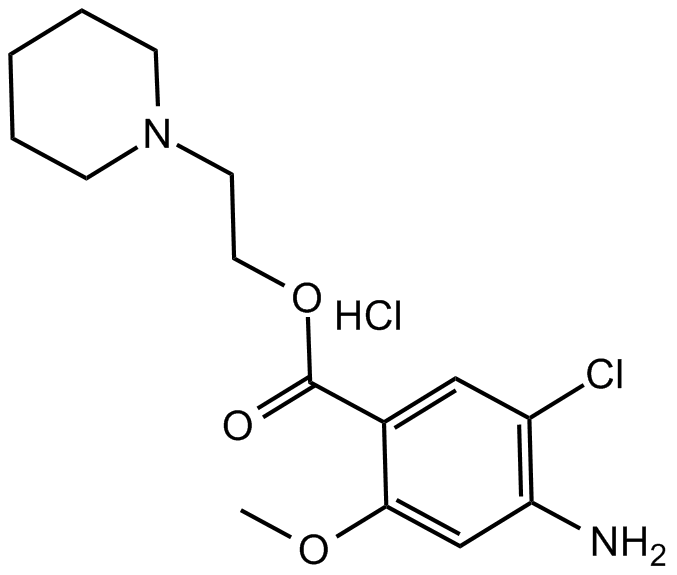 B7413 ML 10302 hydrochlorideSummary: 5-HT4 partial agonist
B7413 ML 10302 hydrochlorideSummary: 5-HT4 partial agonist

